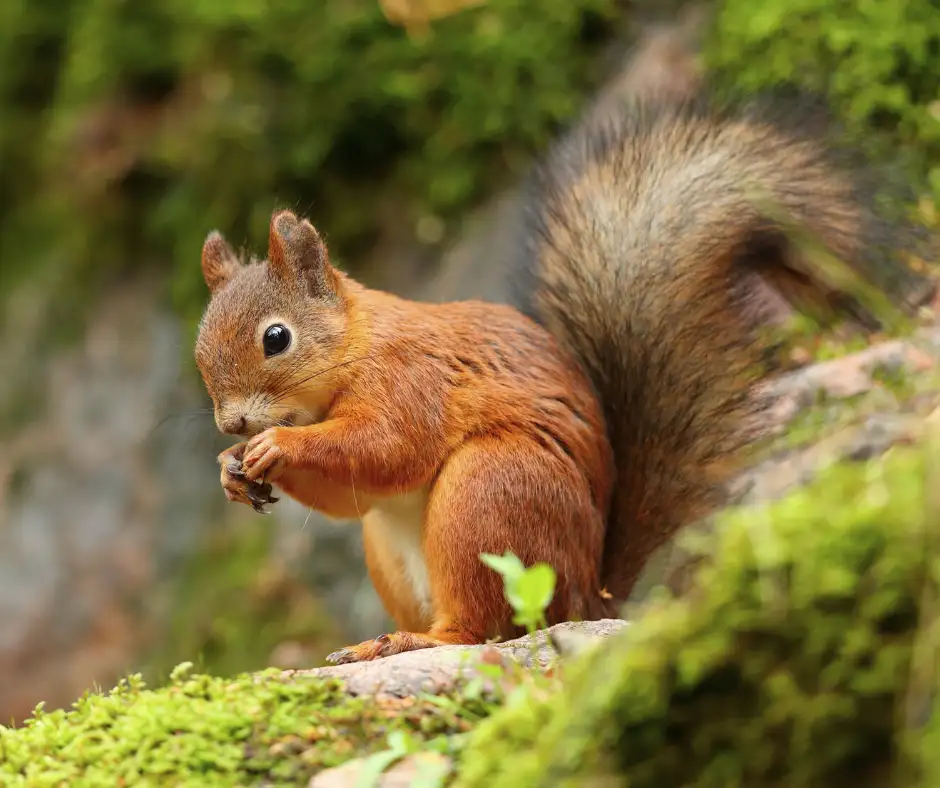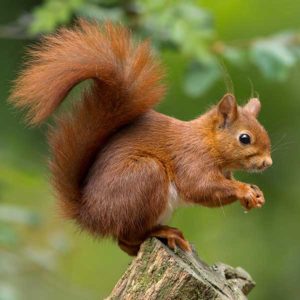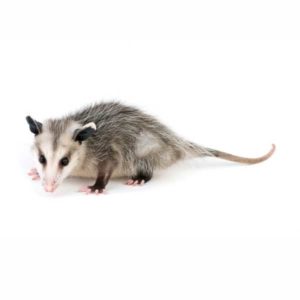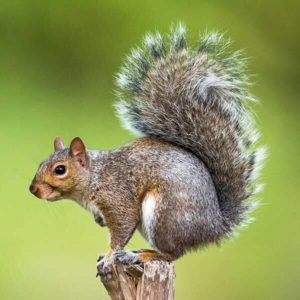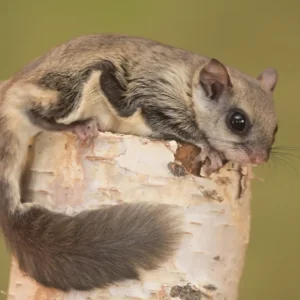Red Squirrels in Eastern Tennessee
The red squirrel is often known as the pine squirrel, chickaree, or North American red squirrel. Compared to other squirrels in the region, the red squirrel is much smaller. They are usually slightly larger than a chipmunk. It typically feeds on conifer cones They are considered granivores but may feed on other items. They have also been observed feeding on spruce buds, needles, mushrooms, flowers, and berries.
Red Squirrel Habitat
Red squirrels are widely dispersed throughout the North American continent, typically wherever conifer trees are found. They build their nests mostly out of grass and construct nests in tree branches. They very rarely nest below the ground. Usually, red squirrels have several nests in their respective territories. They have been reported nesting in homes using insulation as their material.
Red Squirrel Behaviors, Threats, or Dangers
Red squirrels are known to be one of the more territorial species of squirrels. They are very active throughout the entire year. Female red squirrels give birth in the spring with three to seven offspring in each litter. Red squirrels prefer nesting in trees outside your home but, as mentioned previously, they have been known to make their way indoors. If they get inside, they could use your insulation as the material for their nesting. If you are having an issue with red squirrels, it is best to consult a professional wildlife control company for removal.
Need help with Red squirrels?
We'll call you! Leave your information below.
